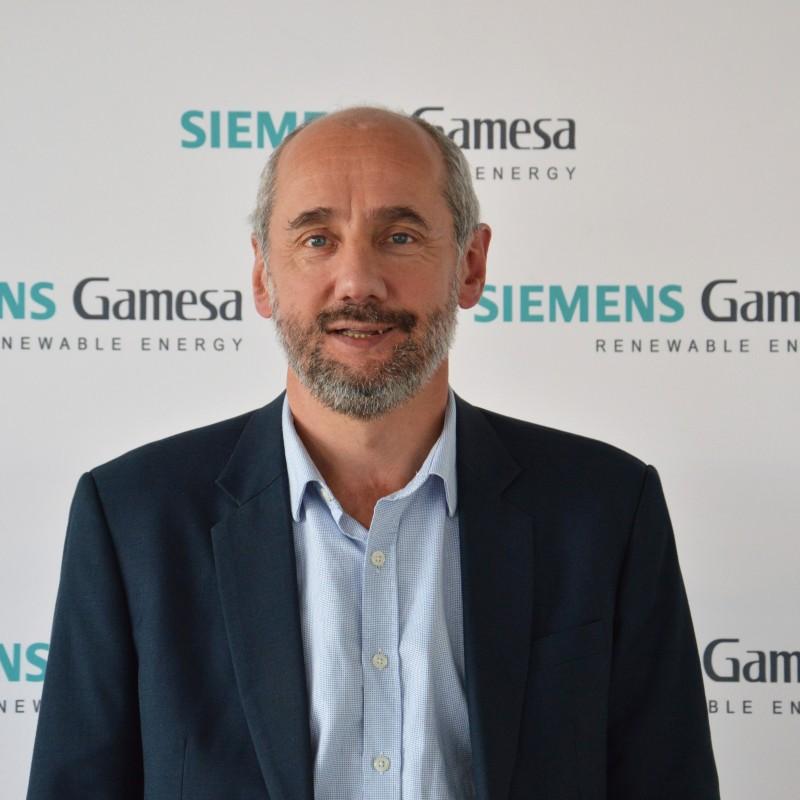AcceleratE & innovatE,
Together.
The future will be multi-energy or it won’t be…
OUT with energy abundance, and in with autonomy, efficiency and sobriety!
In all sectors – Transport, Buildings, Manufacturing, Food… – in France and in Europe, massive investments and profound transformations in the modes of energy production and consumption are already taking place and are set to accelerate.
Conceived in 2021, MIX.E, the energy mix event, is moving ahead.
Decarbonising, decentralising and digitalising… From Technology to Use, it will accompany these systemic transformations and pave the way for companies and local authorities looking for operational solutions and strategic partnerships.
Energy specialist, manufacturers, local and regional authorities, researchers, funders & institutions: on the way to systems that are more autonomous, efficient and sustainable, but also – and the word is in everyone’s minds – more virtuous…
It’s time for COLLECTIVE ACTION & COORDINATION!
See you at the 4rd european edition of MIX.E, on 14 & 15 April 2024 in Lyon.
Multi-energy, multi-solution.
A French & European event to rethink energy use









Attend
On the road to net zero:
Come and discover concrete solutions to rethink your energy use and strategies.
Reserved for CEO profiles, managers, elected officials and VIPs for one-to-one business meetings for exclusive exchanges during the 2 days of MIX.E!
Interested? It’s right here!

Promoting European start-ups and projects in the energy mix, with a view to developing them on a larger scale.
Interested? It’s right here!










Our Experts Committee
MIX.E STORIES
Energy transition and social emergencies
What are the short-term and long-term impacts of the answers that have been provided to the energy crisis?
EDF R&D - Stéphane DUPRÉ LA TOUR
A look at the challenges to be met by 2050 and plausible solutions for decarbonization.
Energy independency
"Fighting for energy independence". Discussion between Thierry Leperq (CEO Hydeal), Stefano Buono (Co-founder, Newcleo) and Pierre-Emmanuel Martin (President & Co-founder, Carbon ).
International Energy Agency (I.E.A)
Expert Point of view: Noé Van Hulst, Special Advisor Hydrogen, talks about renewable energies in Europe.
Thank you to our partners
GOLD SPONSORS
SILVER SPONSORS
SUPPORTED BY BRONZE SPONSORS
INNOVATION PARTNERS




























